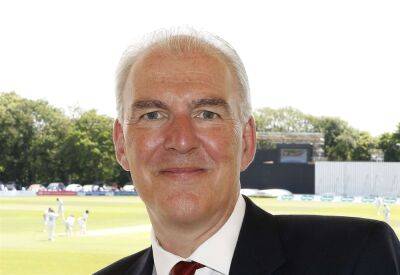Changing shape, nature of cricket’s international venues
International cricket’s rapid expansion in the last 50 years, particularly over the last two decades, has created the need for more stadiums of international stature.
Since the first officially credited Test match was played at Melbourne in March 1877, a further 120 grounds have hosted Tests, 80 of them after 1970. An additional 92 have hosted one-day internationals from 1971, while around 60 more have staged Twenty20 internationals since 2005.
Many criteria can be used to categorize cricket venues. These vary from capacity to physical size, location, ease of access, history, atmosphere, and ambience. Facilities for players, spectators, broadcasters, and hospitality companies, viewing quality, and playing conditions also need to be assessed. Each stadium will have its own unique mix of these elements.
One common factor is that, in order to gain or retain the opportunity to host major international matches, venues have to find ways to increase their capacities and improve facilities. This can be achieved by redeveloping existing ones or building afresh.
As if to underline India’s growing dominance of cricket, the stadium in Ahmedabad, Gujarat, was knocked down and rebuilt in 2017, thereby increasing its spectator capacity from 54,000 to 132,000. Now named the Narendra Modi Stadium, this makes it the largest cricket stadium in the world, surpassing the Melbourne Cricket Ground, which has 95,000 seats, plus 5,000 standing spaces.
The growth in T20 cricket, especially in India, has been one factor driving this desire for increased capacity. At 66,000, Eden Gardens in Kolkata, previously offered the largest capacity in India. It was built in 1864 and hosted India’s first ever Test match in 1934 against England,







